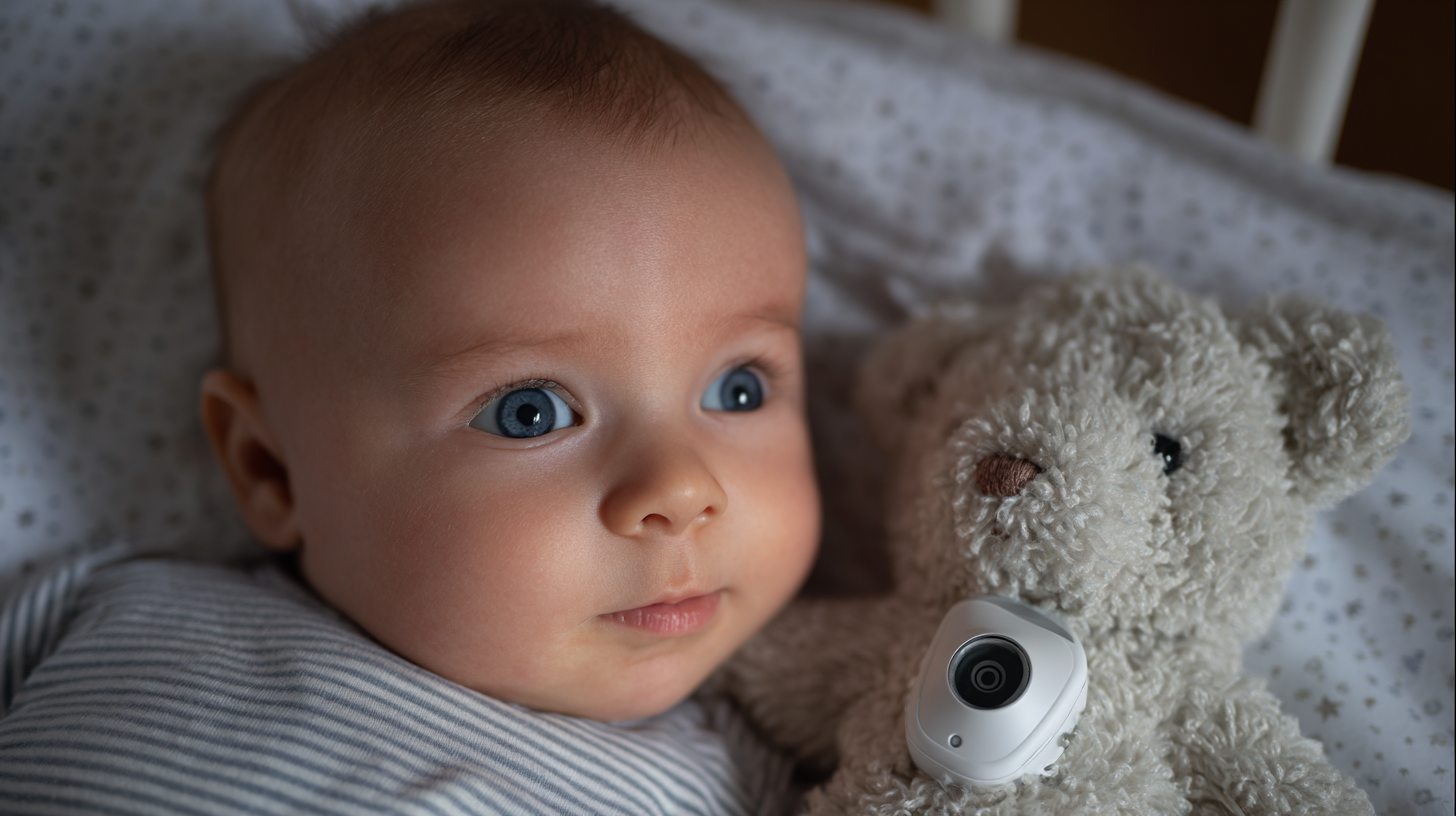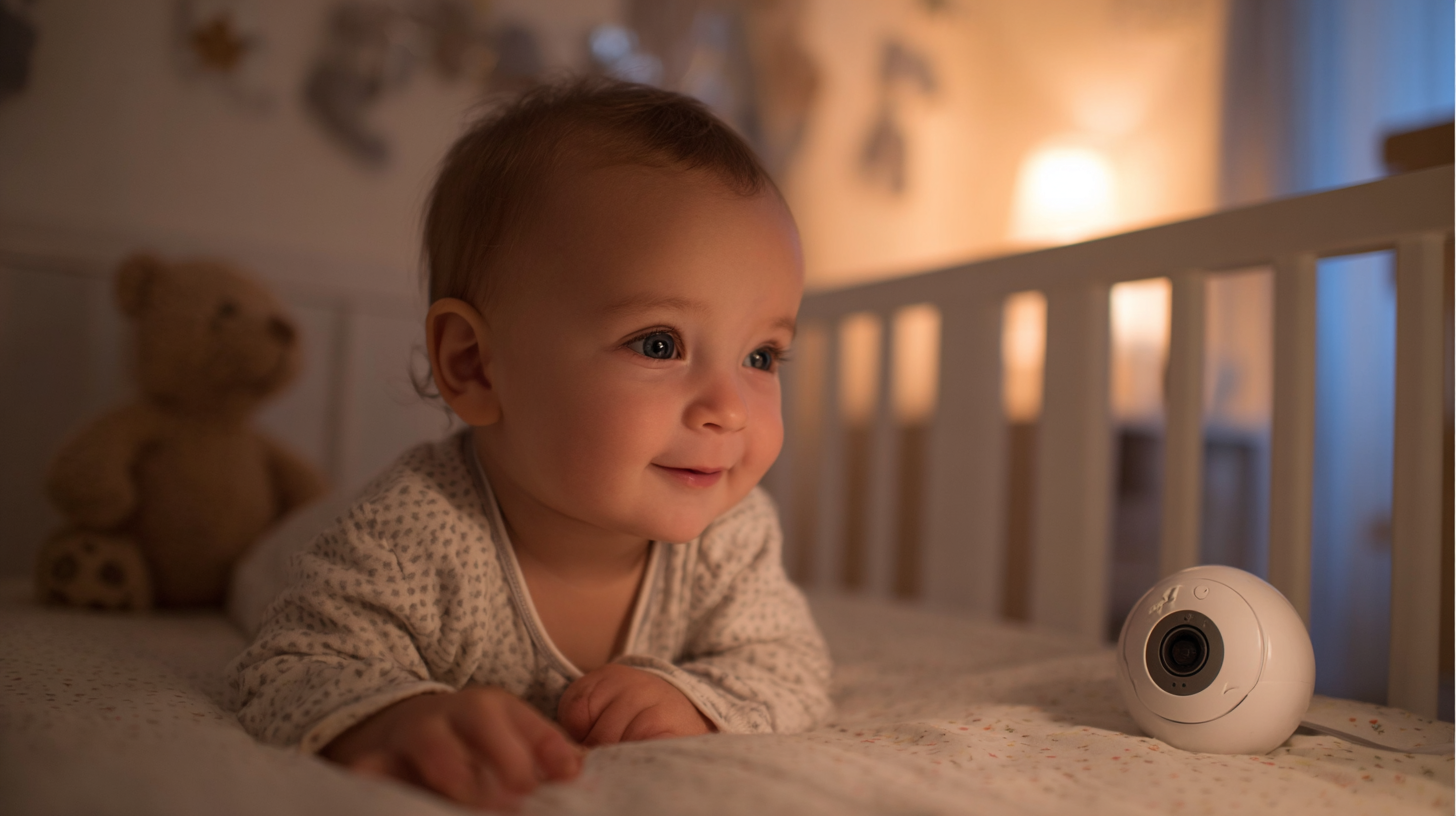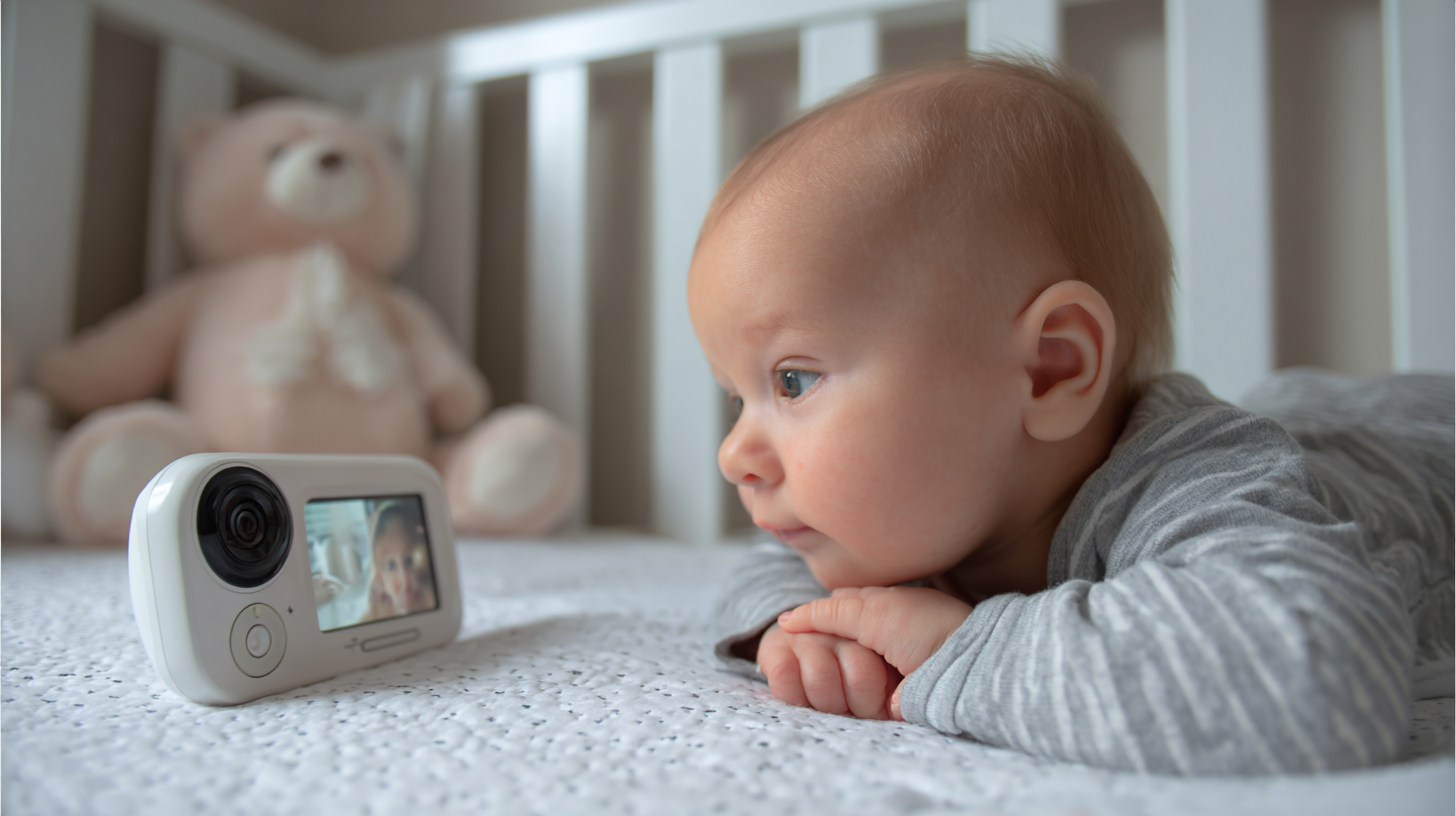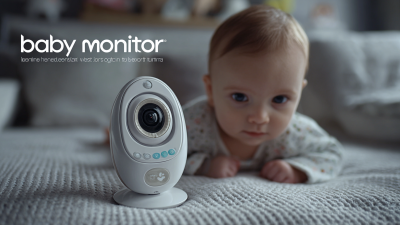Leave Your Message
When it comes to ensuring the safety and well-being of your little one, selecting the right Baby Monitor is an essential task for every parent. With a plethora of options available in the market, understanding the various types of Baby Monitors and their core features can be overwhelming. This ultimate guide aims to simplify the decision-making process by highlighting the critical elements that parents should consider before making a purchase. Whether you prioritize audio clarity, video quality, range, mobility, or smart connectivity, knowing what type of Baby Monitor aligns best with your family’s needs is crucial. By exploring the different categories and functionalities available, you will be better equipped to choose a monitor that not only provides peace of mind but also enhances your parenting experience. Join us as we delve into the essential features that every Baby Monitor should have to ensure you select the perfect one for your baby's nursery.

The baby monitor market has seen significant growth, driven by increasing parental concerns over infant safety and advancements in technology. According to industry reports, the global baby monitor market size was valued at several billion dollars and is expected to expand at a compound annual growth rate (CAGR) of over 15% in the coming years. This growth is influenced by rising disposable incomes and an increasing focus on child safety, with parents seeking reliable products that offer peace of mind.
When selecting the right type of baby monitor, parents should consider essential features such as range, video quality, and connectivity options. Markets are segmented based on various infant age groups, including those under one year, between one and 2.5 years, and over 2.5 years. For instance, video monitors are particularly popular among parents with infants, as they provide real-time visual feedback. In contrast, audio monitors may suffice for slightly older children.

Geographically, North America is currently leading the market due to high awareness levels and a strong preference for technologically advanced childcare products. As the market evolves, the ability to adapt to regional preferences will be crucial for brands aiming to secure their share in this competitive landscape.
When choosing a baby monitor, parents often face the ultimate decision between audio and video options. Audio monitors are a classic choice, offering simplicity and ease of use. They allow you to hear your baby's cries or coos without unnecessary features. This can be especially beneficial for parents who prefer minimal distractions during the night.
**Tip:** Consider electronic interference when using an audio monitor; choosing one with DECT technology can provide a clearer signal without static interruptions, ensuring you hear every sound from your little one.
On the other hand, video monitors provide a visual component that can be incredibly reassuring. Many come equipped with features like night vision, pan-and-tilt cameras, and smartphone connectivity. This allows parents to check in on their baby visually and can help identify issues, like whether the child is simply restless or in distress.
**Tip:** Ensure the video monitor has a reliable connection and good battery life, particularly if you plan to move around your home while keeping an eye on your baby. Setting up alerts for motion or sound can also enhance peace of mind, giving you a better sense of your baby's safety, even when you aren't in the same room.
This chart compares the feature ratings of Audio and Video baby monitors. Audio monitors score an average rating of 8, while Video monitors score an average of 9, indicating that parents find video monitors to have additional benefits such as visual monitoring and monitoring multiple views.
When selecting a baby monitor, wireless connectivity and range are crucial factors that parents should prioritize. A reliable wireless connection ensures that parents can stay in touch with their baby from different rooms or even outside the home. This flexibility is vital for modern families, who often juggle various activities while still wanting to keep a close watch on their little ones. A strong wireless signal allows for uninterrupted audio and video, providing peace of mind to parents as they go about their daily routines.
The range of a baby monitor is another essential consideration. A monitor with an extensive range enables parents to maintain connectivity even in larger homes or multi-story environments. This means that whether you’re in the basement doing laundry or enjoying a quiet moment in the garden, you can still monitor your baby’s activities. Investing in a baby monitor with a robust wireless signal and substantial range not only enhances safety but also fosters a sense of security, allowing parents to enjoy their time away from the nursery without constant worry.
When selecting a baby monitor, safety features should be at the forefront of every parent's mind. One essential feature is a secure connection that ensures data privacy. Look for monitors that utilize encrypted wireless connections to prevent unauthorized access. This is particularly important as many baby monitors connect to Wi-Fi networks, making them vulnerable to hacking.
Another crucial element is the presence of safety alerts, such as sound or motion notifications. These alerts can provide peace of mind, allowing parents to respond quickly to any unusual activity in the baby's room. In addition to audiovisual alerts, consider monitors with temperature sensors to help maintain a comfortable environment for your little one.
Tips: Always read user reviews to gauge the reliability of the safety features. Additionally, check if the monitor complies with safety regulations in your region. A model with a reliable battery life is also beneficial, ensuring the monitor remains functional even during power outages.
When choosing a baby monitor, evaluating battery life and power options is crucial for reliable monitoring. According to the latest report from the Consumer Electronics Association, 68% of parents prioritize battery longevity in their purchasing decisions. A monitor that offers a minimum of 8 hours of battery life is often seen as essential, especially for those using video monitors that require more power. Many modern monitors now include features like power-saving modes, which can extend battery life by automatically adjusting the screen brightness or switching off the display during inactive periods.
In addition to battery life, considering charging options is important. Many parents prefer monitors with flexible power choices, such as USB charging, allowing them to power their devices through various means, including car adapters or portable power banks. A survey conducted by BabyCenter revealed that 74% of parents found having multiple charging options enhanced their peace of mind while on the go. Selecting a baby monitor with both robust battery performance and versatile power solutions ensures uninterrupted monitoring, giving parents confidence whether they are at home or traveling.







